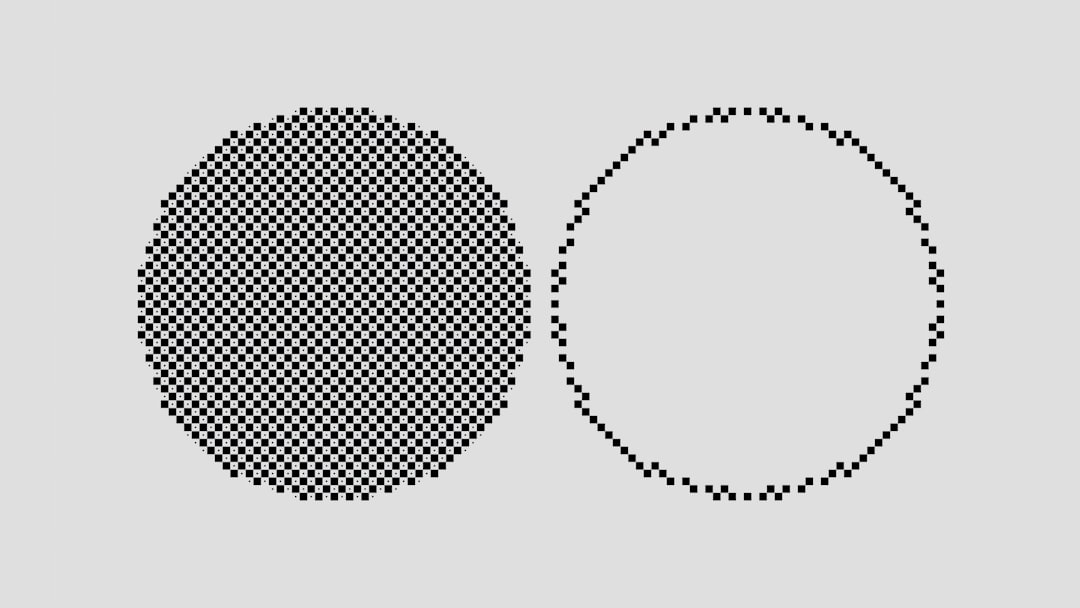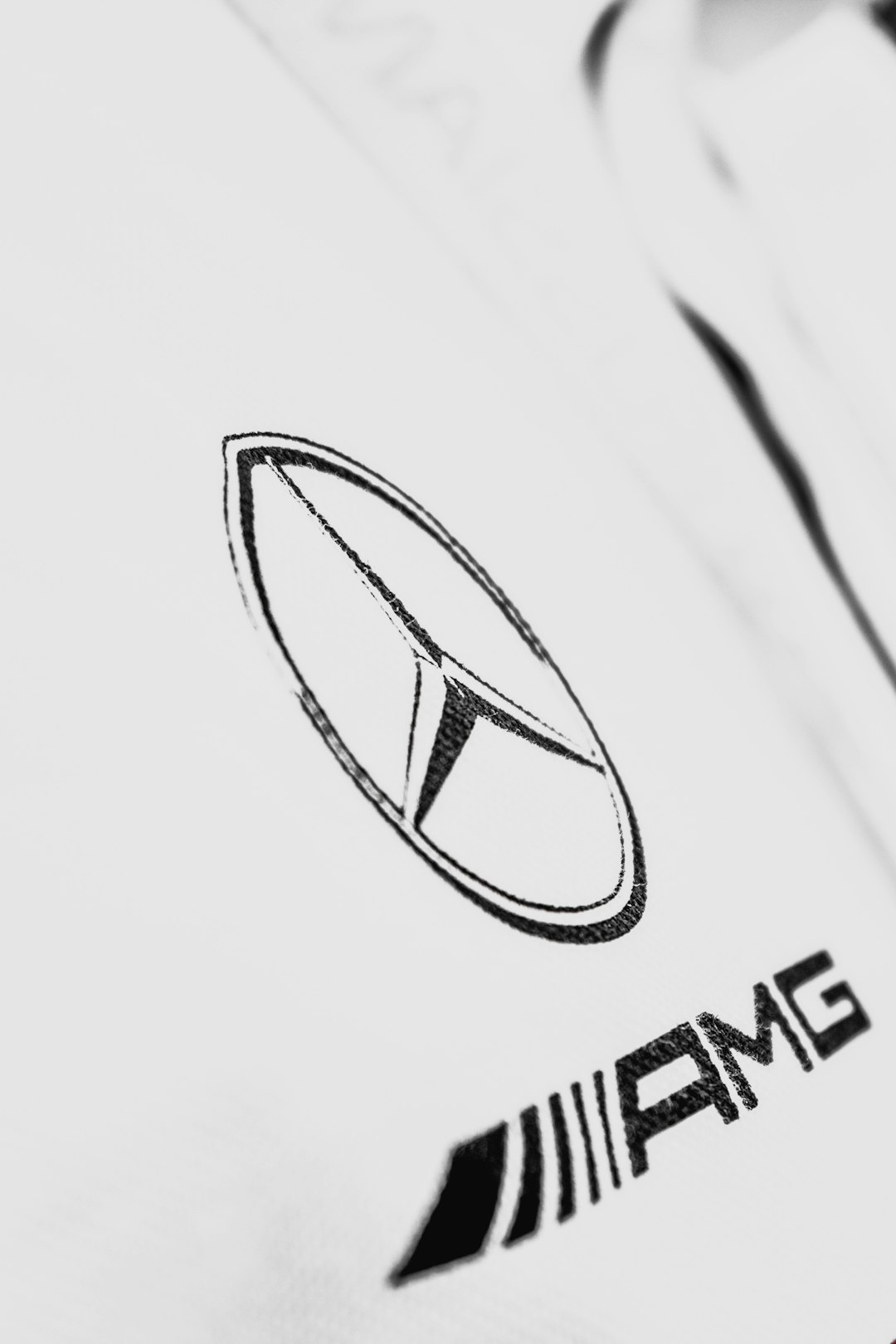Great logos aren’t just about color and design. They also depend on the tiniest details. One of those tiny—yet mighty—details is kerning. It might sound like a fancy design term, but don’t worry. We’re going to break it all down and have a little fun doing it.
TL;DR: Kerning is the space between letters. Even tiny adjustments can make a logo look polished or completely off. Fixing kerning makes your logo easier to read, more balanced, and just better overall. The devil really is in the details!
What Is Kerning, Anyway?
Kerning is the space between individual letters in a word. It’s not about spacing the entire word or paragraph—that’s tracking. We’re talking micro here—letter to letter!
When kerning isn’t done right, it shows. Your logo can look awkward, off-balance, or even unintentionally funny (Google “bad kerning fails”—you won’t regret it).
Why Kerning Matters for Logos
Logos are your brand’s face. They’re on your website, business cards, coffee mugs—you name it. Each time someone sees your logo, it should feel:
- Clear – Easy to read and understand
- Balanced – Looks right to the eye
- Professional – Clean and intentional
If the letters are too crowded or too loose, your message gets lost. Or worse—misinterpreted.

Common Kerning Sins
Even big brands mess this up. But once you know what to look for, you’ll see it everywhere. Here are some of the most common kerning mistakes:
- Trapped whitespace – Weird gaps between letters
- Overlapping letters – Letters practically hugging
- Inconsistent spacing – One pair tight, the next one miles apart
Micro-Adjustments That Make a Big Difference
Fixing kerning isn’t about making huge changes. It’s about tuning into the spaces between letters and making tiny nudges.
Here’s where to focus:
- Flat-edged letters – Think ‘H’ and ‘N’. They leave lots of straight-line gaps when next to curvy letters.
- Diagonal/curved combos – Like ‘A’ next to ‘V’. These make oddly shaped gaps that need more care.
- Letter pairs – Every combination is different. ‘T’ next to ‘o’ is not the same as ‘T’ next to ‘e’.
Each pair needs to be evaluated by eye, not just by math. Fonts aren’t perfect out of the box—even the best ones. Adjustments are part of the craft.
Tools of the Trade
You don’t need to be a wizard to fix kerning. Just the right tools:
- Adobe Illustrator – The gold standard for logo design and kerning tweaks
- Figma – Great for simple layouts with kerning control built in
- Glyphs or FontLab – For creating custom typefaces or detailed typographic work
Most design tools let you manually adjust kerning. Look for character panels or shortcuts to adjust spacing one unit at a time. Want to get good fast? Zoom in—waaaay in—and turn on your grid lines. Trust us, your eyes can fool you at regular size.
Kerning Tips for Different Logo Styles
Wordmarks
Wordmarks (like Google or Coca-Cola) rely entirely on typography. No icons, no fluff. Every letter matters here.
For wordmark logos:
- Kerning should be even but not boring
- Avoid large holes or distracting tight spots
- Check every single letter pair—especially the first and last
Lettermarks (Initials)
Think IBM, CNN, or NASA. These logos often use just a few uppercase letters.
Tips for kerning initials:
- Be bold—tighten spacing to unify the group
- Mind those awkward diagonals (like A or V)
- Keep everything optically balanced
Logos with Icons + Text
Sometimes logos mix symbols with text (think Nike + “Nike”). Even if there’s an icon, kerning can make or break the impression.
Tips here:
- Balance the logo icon with the wordmark
- Adjust kerning so the text doesn’t compete with the symbol
- Use weight, spacing, and alignment for harmony

Quick Test: Is Your Kerning Off?
Tilt your head. Or blur your eyes. Weird advice? Yep—but it works.
When you’re too close to a design, it’s easy to fall in love with it. But by forcing yourself to “unsee” the details, you’ll spot uneven letter spacing faster. Or print it in black and white. Or show it upside down. All these tricks let you view the shape without reading the content.
Fun Fact: Kerning Can Change the Meaning 😬
Ever seen “CL” read like “D”? Or the word “Flick” look…not so family-friendly? Poor kerning can create very awkward accidents.
That tiny bit of space (or lack of it) can go from “polished logo” to “internet meme you’re trying to forget.”
Final Thoughts
Kerning isn’t just technical—it’s artistic. It’s the kind of magic people don’t notice when it’s done right, but immediately see when it’s wrong.
Does it take more time? Sure. But is it worth it? Absolutely.
Before you ship that logo off, zoom in, squint a bit, and tweak those letter spaces. At the end of the day, that 2-pixel nudge could make your brand unforgettable.
Wrap-Up Checklist
Ready to audit your logo’s kerning skills? Use this quick checklist:
- Are any letter pairs too tight or too loose?
- Does the spacing feel consistent across the word?
- Do angled or curved letters look balanced with straight ones?
- Have you tested it at big and small sizes?
- Did you get a second pair of eyes (or at least blurred your own)?
Congrats, you’re now a kerning ninja. 🥷
